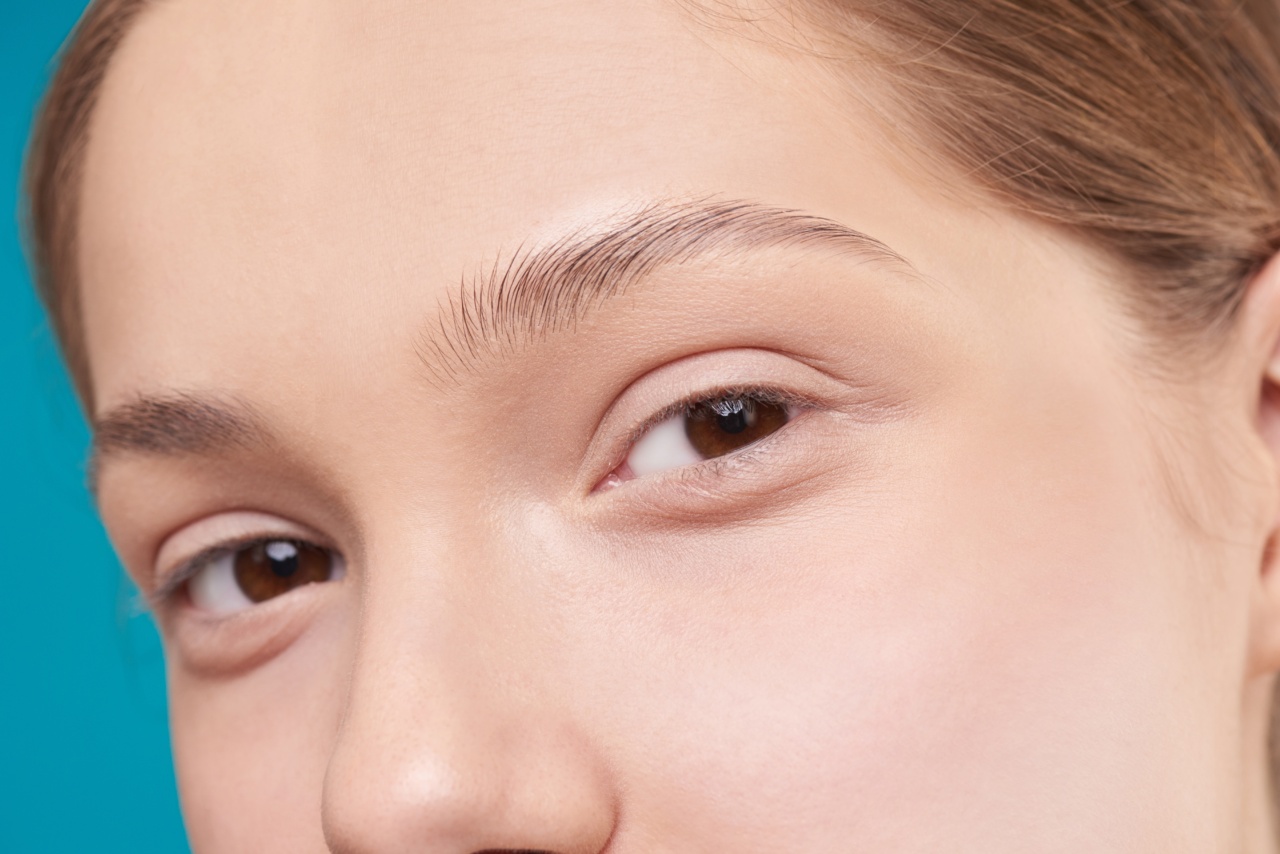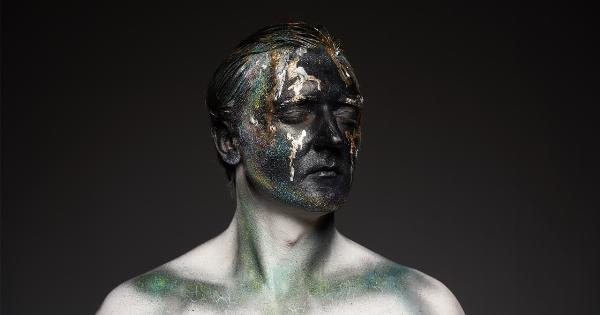Have you ever looked in the mirror and wished for a more symmetrical and aesthetically pleasing nose? Do you struggle with breathing difficulties due to a deviated septum or other nasal issues? If so, rhinoplasty may be the solution you have been seeking. Rhinoplasty, commonly known as a nose job, is a surgical procedure that enhances the appearance and function of the nose.
In this article, we will delve into the world of rhinoplasty, exploring its benefits, the procedure itself, and the recovery process.
Why Choose Rhinoplasty?
The decision to undergo rhinoplasty is deeply personal and varies from person to person. Some individuals opt for this procedure primarily for cosmetic reasons, aiming to refine the size or shape of their nose.
Others seek rhinoplasty to improve their breathing and alleviate sinus-related issues. Regardless of the motivation, rhinoplasty offers numerous benefits that can transform both the appearance and functionality of the nose.
The Rhinoplasty Procedure
Before undergoing rhinoplasty, patients usually meet with a qualified plastic surgeon for a consultation.
During this initial appointment, the surgeon will evaluate the patient’s nasal structure, discuss the desired outcome, and address any concerns or queries. This consultation is crucial to ensure a mutual understanding of the goals and possibilities of the procedure.
On the day of the surgery, the patient will be placed under general anesthesia to ensure optimal comfort.
The surgeon will then make incisions either inside the nose (closed rhinoplasty) or across the columella (the skin between the nostrils) for an open rhinoplasty. Through these incisions, the surgeon gains access to the underlying nasal bones and cartilage, which can be reshaped, removed, or augmented to achieve the desired results.
Once the necessary adjustments have been made, the surgeon carefully closes the incisions. In most cases, the incisions are made in discreet locations, making them virtually invisible once the healing process is complete.
Recovering from Rhinoplasty
After the surgery, patients are typically required to wear a splint on their nose to provide support and protect the newly shaped nasal structures. Swelling, bruising, and slight discomfort are common postoperative symptoms.
These side effects generally subside within a couple of weeks, and pain medication prescribed by the surgeon helps manage any discomfort during this period.
It is important to follow the postoperative care instructions provided by the surgeon diligently. This includes avoiding strenuous activities, refraining from blowing the nose, and taki+ng any prescribed antibiotics or pain medications as instructed.
Patients should also keep their head elevated while sleeping to reduce swelling.
The recovery period varies from person to person, but most individuals can return to their normal daily activities within two weeks after rhinoplasty.
However, it may take several months for the nasal tissues to fully heal and for the final results to become apparent.
The Benefits of Rhinoplasty
Rhinoplasty offers numerous benefits that extend beyond cosmetic appeal. While enhancing the nose’s appearance, it can also significantly improve breathing and alleviate symptoms associated with a deviated septum or nasal obstruction.
By correcting these structural issues, patients often experience an increase in oxygen flow, resulting in improved sleep quality, reduced snoring, and enhanced overall well-being.
Moreover, rhinoplasty can have a profound impact on an individual’s self-confidence and self-esteem. Many individuals who were previously self-conscious about their nose’s appearance find newfound confidence after rhinoplasty.
This boost in self-esteem can positively affect various aspects of life, including personal relationships, professional opportunities, and overall happiness.
Choosing the Right Surgeon
When considering rhinoplasty, finding a skilled and experienced plastic surgeon is paramount. It is essential to choose a surgeon who specializes in rhinoplasty and has a proven track record of successful procedures.
Research their credentials, years of experience, before-and-after photos, and patient testimonials to ensure they are the right fit for the desired outcome.
During the initial consultation, don’t hesitate to ask the surgeon about their surgical techniques, the potential risks or complications, and the expected results.
A reputable surgeon will be happy to address your concerns and provide you with all the necessary information to make an informed decision.
Conclusion
Rhinoplasty is a life-changing procedure that can improve both the appearance and functionality of the nose.
Whether you seek to enhance your facial harmony or alleviate breathing difficulties, rhinoplasty offers a path to a stunning nose and clear airways. Through the expertise of a skilled plastic surgeon and proper postoperative care, the results of rhinoplasty can be remarkable. Say goodbye to insecurities and breathing troubles – embrace a new and confident version of yourself with rhinoplasty.































